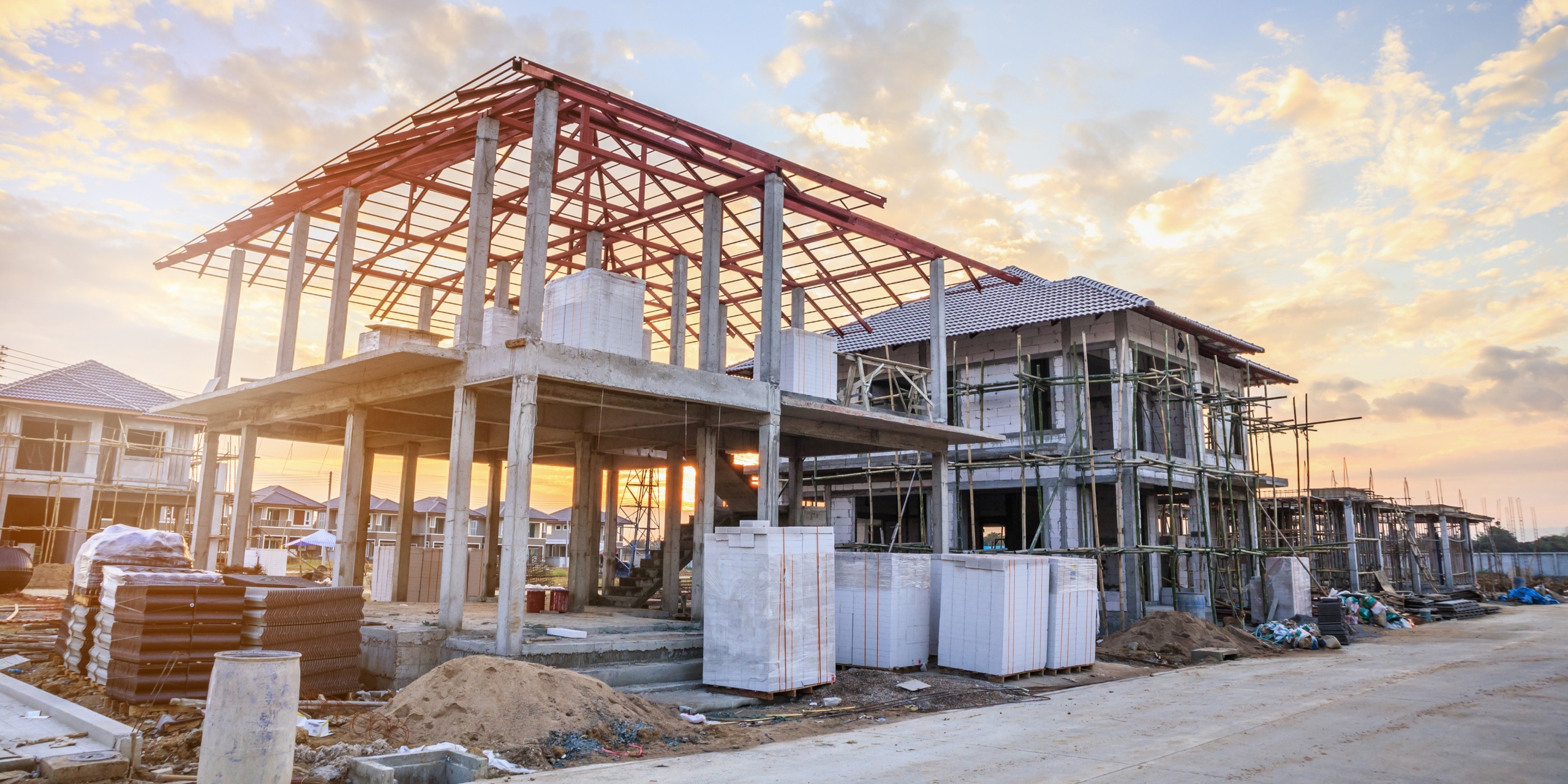Supply Chain Disruptions in Construction: Strategies for Resilience
In recent years, the construction industry has faced unprecedented supply chain disruptions—from labor shortages and inflationary pressures to delays in materials like steel, lumber, and concrete. These challenges have tested even the most seasoned contractors and developers, causing project delays, cost overruns, and logistical headaches. While some of the
The Role of Technology in Project Cost Estimation for Construction Firms
Accurate project cost estimation is the backbone of every successful construction project. Getting it right means better budgeting, fewer surprises, and stronger profitability. But today’s construction firms face increasingly complex projects, tight margins, and rapidly changing material and labor costs — making traditional estimation methods less reliable
Navigating the Challenges of Mixed-Use Real Estate Developments
Mixed-use real estate developments—combining residential, commercial, retail, and sometimes even industrial spaces within a single project—are increasingly popular in today’s urban landscapes. These developments offer vibrant, walkable communities and diversified income streams, making them attractive to developers, investors, and municipalities alike.
Zoning and Permitting Challenges: What Real Estate Developers Need to Know
Real estate development is a complex process that extends far beyond acquiring land and constructing buildings. One of the critical early hurdles developers face is navigating zoning and permitting requirements, which can significantly impact project timelines, costs, and feasibility. Understanding zoning laws and securing the necessary permits are essential
Cash Flow Management for Construction Firms: Avoiding Common Pitfalls
Managing cash flow is one of the biggest challenges construction firms face daily. With the complex nature of construction projects—where significant costs come upfront but payments often come later—maintaining steady cash flow is critical to keeping operations running smoothly and growing your business. Without effective cash flow management, even projec
Real Estate Tax Deferral Strategies: Making the Most of 1031 Exchanges
For real estate investors, one of the most powerful tools available to minimize taxes and maximize returns is the 1031 exchange. This strategy allows investors to defer capital gains taxes when selling a property and reinvesting the proceeds into a similar property. By leveraging 1031 exchanges, investors can preserve more capital for reinvestment, potentially
Managing Rising Material Costs: Budgeting and Forecasting for Contractors
Rising material costs have become one of the most significant challenges in the construction industry. From steel and lumber to concrete and insulation, contractors are grappling with price increases that impact project budgets and timelines. As supply chain disruptions and inflation continue to drive costs upward, contractors must adopt effective strategies fo
Sustainability Trends in Construction: Going Green to Boost Your Bottom Line
The construction industry is undergoing a significant transformation as sustainability becomes a top priority. As climate concerns grow, regulations become stricter, and consumer preferences shift toward environmentally friendly practices, the focus on “green” construction is more relevant than ever. Beyond the environmental benefits, adopting sustainable p
Cost Segregation: A Tax Strategy for Real Estate Investors
Real estate investors are always looking for ways to optimize their returns and minimize their tax liabilities. One of the most effective strategies for achieving this is cost segregation. Cost segregation allows investors to accelerate depreciation on certain property components, providing substantial tax savings in the short term. In this blog, we’ll expl
IRS Updates Guidance on 179D Tax Deduction: What You Need to Know
The Internal Revenue Service (IRS) has recently updated its Large Business & International (LB&I) Process Unit guidance on the Section 179D Energy Efficient Commercial Buildings Deduction. With the introduction of Form 7205 and increased IRS scrutiny, ensuring compliance and partnering with the right provider has never been more critical. Key Takeaway











